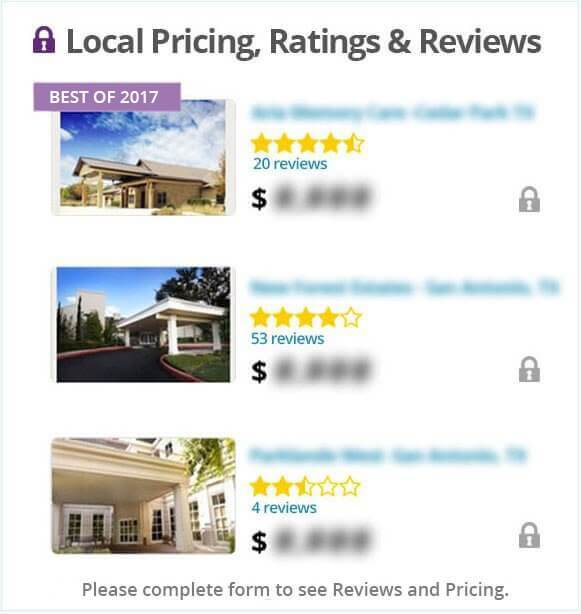Assisted living generally refers to living with physical assistance rather than monetary assistance. A common question is whether or not assisted living also encompasses help in terms of financial issues? It does not.
Assisted Living Cost
Paying for assisted living, and the cost of assisted living are separate, but relevant variables when it comes to assisted living and senior care. We have a page that talks about what one (or a family) can expect in terms of costs and expenses relevant to assisted living. There different forms of insurance utilized for Assisted Living, including Medicare and Medicaid. Assisted Living is generally quite expensive, and it is not uncommon for an assisted living facility to charge $3000 to $5000 per month per resident (and sometimes more).
Types of Assisted Living
Assisted living also encompasses a wide range of sizes and locations of facilities, which may also add to the confusion surrounding assisted living. There isn’t one standard size or style of facility, and facilities can be located in a residential neighborhood with a resident capacity of perhaps 5 or fewer – or, an assisted living facility may look more like a high-rise building in a big city, housing several hundred residents. Facilities can be very home-like in feel and atmosphere, or they may also be very resort-like, offering state-of-the-art services, amenities, and extras such as workout and exercise facilities, swimming pools, movie theaters, and perhaps even amenities like a full-service salon.
Deciding on which atmosphere and style of facility really comes down to personal choice, and how well a particular facility may be able to manage and care for specific conditions, such as Alzheimer’s, Dementia, Parkinson’s Disease or stroke.
Now, more than ever, assisted living is becoming a more acceptable and legitimate choice for younger residents (non-seniors) who need the help. We receive questions frequently from people under the age of 55 who may have something like early-onset Parkinson’s, or who may have perhaps had a stroke. We’ve seen people asking about assisted living who are even teenagers who have debilitating conditions, and whose families are no longer able to adequately act as caregivers for them. Assisted living can often times serve people of a wide range of ages, and conditions.
The types of services and amenities offered in an assisted living environment can vary greatly as well. Some facilities may only be able to offer very basic services, such as laundry, meals, and helping with the simplest of daily activities, such as dressing and bathing. These types of facilities may not be the best choice for a resident who is experiencing the advanced stages of Alzheimer’s, or another serious condition. On the other hand, there are facilities that offer just about anything that you can imagine in terms of amenities, activities, services and extras. These facilities can often times take residents at any “stage or age” – and may offer much more of an ‘experience’ instead of just a housing option. We’ve seen facilities that rival some of the top resorts in the world – facilities that provide world-class chefs and menus; concierge services; putting greens; spa and salon services; full-time activities directors and rooms that would please the most elite of the rich and famous. Naturally, the level of care, services and amenities will be a significant determining factor when it comes to fees and expenses.
Geographic Nuances
Another reason that assisted living is so difficult to define in absolute terms is that it is not regulated the same from state-to-state. Each state has it’s own laws, regulations, and standards when it comes to senior care and assisted living, so what may be officially defined as assisted living in one state may be quite different in another state. In fact, some states don’t even officially recognize the term ‘assisted living’ – instead, they may use terms like ‘supportive living’ or ‘adult foster care.’
Assessments Are the Key to Finding the Right Fit
In the end, an assessment needs to be done to determine what the exact needs are for a potential resident, what his or her needs may be in the future, as well as what fits into the potential resident’s budget. A resident who has a condition that is likely to deteriorate as time goes on will need to strongly consider a facility that has a continuum of care, or that allows residents to ‘age in place.’ As we all know, moving is not usually a pleasant or easy process for anyone, and once a family places a loved-one into an assisted living facility, it is in everyone’s best interests to avoid any future moves, if possible. This may be especially important for those residents with Alzheimer’s or other memory disorders, as it is important for these types of residents to retain a sense of routine, and a familiarity with their surroundings.
We recommend taking the time to do the necessary research, to ask plenty of questions, and to consider qualified and trusted guidance if it is available to you.



I want to get my mother into assisted living. My father passed a few years ago and it just hasn’t been the same. I want to make sure that she’s around people her age more. Thanks for all the great information!
Yes, I agree some facilities should be provided in assisted living like laundry, meals, and helping with daily activities, such as dressing and bathing. If we talk about bathing, if the bathroom is too slippery and doesn’t have a good mat, then we needed to be extra careful. Most of the seniors fall and get injuries. Often times these incidents happen in the bathroom, bath, or shower. To get over with this situation, installing of walk-in tubs by getting in contact with the professionals o can be very useful for many seniors and are probably much safer than a traditional bathtub.